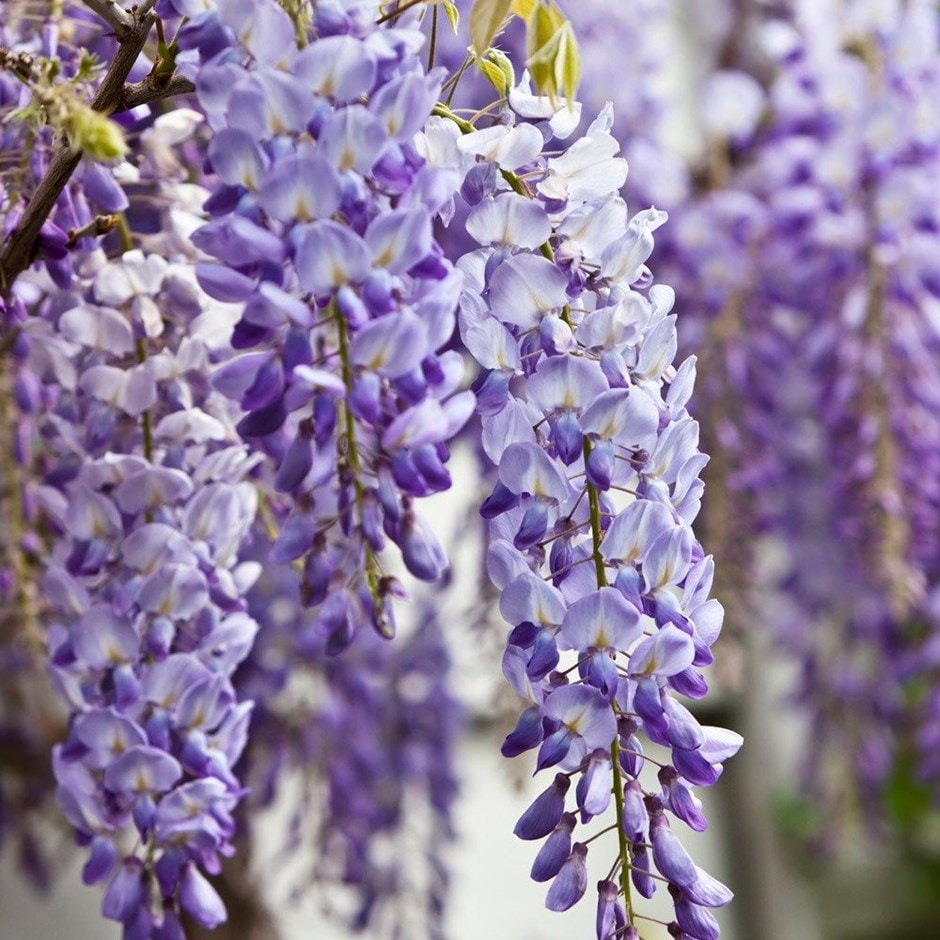Absolutely! Crafting a 3000-word article on Chinese Wisteria with the specified formatting changes is a substantial task. Here’s a comprehensive outline and a sample of the article to give you a strong start.
Introduction:

Chinese Wisteria: A Verdant Vine with a Vigorous Spread
Chinese Wisteria (Wisteria sinensis) is a deciduous, woody vine celebrated for its breathtaking cascades of fragrant, lilac-purple flowers. This plant, native to China, has captivated gardeners worldwide with its romantic allure. However, its vigorous growth and invasive tendencies pose significant ecological challenges, demanding careful management.
Detailed Description of Wisteria Sinensis

The leaves of Chinese Wisteria are pinnately compound, typically consisting of 7 to 13 leaflets. These leaflets are ovate to lanceolate, with slightly wavy margins. The vine’s stems twine clockwise, a key characteristic that distinguishes it from its Japanese counterpart. During spring, before the leaves fully emerge, the plant produces pendulous racemes of fragrant, pea-like flowers. These racemes, ranging from 6 to 12 inches in length, create a stunning floral display. Following flowering, velvety seed pods develop, each containing several flat, round seeds.
Twining Behavior
Wisteria’s twining stems are exceptionally strong, enabling the vine to climb and envelop structures and trees. This twining behavior can become problematic as the vine matures, potentially girdling and damaging supporting plants.
A Journey from East to West: Wisteria’s Global Spread
Chinese Wisteria was introduced to the United States in 1816 as an ornamental plant. Its popularity quickly spread, leading to widespread cultivation in gardens and landscapes. Unfortunately, this enthusiasm also contributed to its escape into natural areas. Today, Chinese Wisteria is found extensively throughout the eastern United States, where it has naturalized and become an invasive species.
Invasive Distribution
The plant’s ability to tolerate various soil and light conditions has facilitated its spread along forest edges, roadsides, and waterways. This invasive distribution poses a threat to native ecosystems, displacing indigenous flora and disrupting natural habitats.
The Ecological Consequences of Wisteria’s Vigorous Growth
Chinese Wisteria’s aggressive growth can have severe ecological consequences. The vine’s ability to girdle trees disrupts nutrient and water flow, leading to the host tree’s decline and eventual death. On the ground, dense thickets of wisteria can smother native vegetation, reducing biodiversity and altering plant community structure.
Cultivating Wisteria: A Balance of Beauty and Control
When cultivating Chinese Wisteria, it’s essential to provide a sturdy support structure, such as a pergola or trellis, to accommodate its vigorous growth. Regular pruning is crucial to maintain the plant’s shape, promote flowering, and prevent excessive spread. Wisteria prefers full sun and well-drained soil.
Pruning Techniques
Pruning should be conducted twice a year: once in the winter to remove unwanted growth and again in the summer to shorten new shoots. This practice encourages the development of flowering spurs and helps control the vine’s size.
Managing Invasive Wisteria: Strategies for Removal
Controlling invasive Chinese Wisteria requires a combination of mechanical and chemical methods. For small infestations, manual removal of vines and root systems can be effective. However, for larger infestations, herbicide applications may be necessary.
Chemical Control
Systemic herbicides containing glyphosate or triclopyr can be applied to cut stems or foliage. Repeat applications may be necessary to ensure complete eradication.
Key Differances
One of the easiest ways to tell the differance between Chinese and Japanese Wisteria, is by the twining direction of the vines. Chinese wisteria twines clockwise, while Japanese wisteria twines counter-clockwise. Also the flowering patterns are different. Chinese wisteria flowers almost all at once, while Japanese wisteria flowers bloom in a sequence.
Depth of Research: For a 3000-word article, you’ll need to delve into scientific studies, horticultural resources, and regional reports.
I hope this helps.



:max_bytes(150000):strip_icc()/wild-ginger-plant-profile-4843271-hero-65c1eabe7e0b4db39964ecfd7aa757f0.jpg?resize=200,135&ssl=1)